English Heritage Launch Their Wartime Tunnels Exhibition At Dover Castle
Advertisements:
[Dover Castle is a medieval castle in the town of the same name in the English county of Kent. It was founded in the 12th century and has been described as the [Key to England] due to its defensive significance throughout history. It is the largest castle in England.
The outbreak of the Second World War in 1939 saw the tunnels converted first into an air-raid shelter and then later into a military command centre and underground hospital. In May 1940, Admiral Sir Bertram Ramsey directed the evacuation of French and British soldiers from Dunkirk, code-named Operation Dynamo, from his headquarters in the cliff tunnels.
A military telephone exchange was installed in 1941 and served the underground headquarters. The switchboards were constantly in use and had to have a new tunnel created alongside it to house the batteries and chargers necessary to keep them functioning. The navy used the exchange to enable direct communication with vessels, as well as using it to direct air-sea rescue craft to pick up pilots shot down in the Straits of Dover.
Later the tunnels were to be used as a shelter for the Regional Seats of Government in the event of a nuclear attack. This plan was abandoned for various reasons, including the realisation that the chalk of the cliffs would not provide significant protection from radiation, and because of the inconvenient form of the tunnels and their generally poor condition.
Tunnel levels are denoted as A – Annexe, B – Bastion, C – Casemate, D – DUMPY and E – Esplanade. Annexe and Casemate levels are open to the public, Bastion is [lost] but investigations continue to gain access, DUMPY (converted from Second World War use to serve as a Regional Seat of Government in event of an atomic war) is closed, as is Esplanade (last used as an air raid shelter in the Second World War). DUMPY is an acronym for Deep Underground Military Position Yellow.
A statue of Admiral Sir Bertram Ramsay was erected in November 2000 outside the tunnels in honour of his work on the Dunkirk evacuation and protecting Dover during the Second World War.
If they were being attacked they would have to move quick as the enemies were just nine minutes away from Dover by plane. There are over three miles of these Tunnels going deep down into the chalky cliffs ; some still undiscovered. There are tunnels that are far too dangerous to walk down]. – Wikipedia
The outbreak of the Second World War in 1939 saw the tunnels converted first into an air-raid shelter and then later into a military command centre and underground hospital. In May 1940, Admiral Sir Bertram Ramsey directed the evacuation of French and British soldiers from Dunkirk, code-named Operation Dynamo, from his headquarters in the cliff tunnels.
A military telephone exchange was installed in 1941 and served the underground headquarters. The switchboards were constantly in use and had to have a new tunnel created alongside it to house the batteries and chargers necessary to keep them functioning. The navy used the exchange to enable direct communication with vessels, as well as using it to direct air-sea rescue craft to pick up pilots shot down in the Straits of Dover.
Later the tunnels were to be used as a shelter for the Regional Seats of Government in the event of a nuclear attack. This plan was abandoned for various reasons, including the realisation that the chalk of the cliffs would not provide significant protection from radiation, and because of the inconvenient form of the tunnels and their generally poor condition.
Tunnel levels are denoted as A – Annexe, B – Bastion, C – Casemate, D – DUMPY and E – Esplanade. Annexe and Casemate levels are open to the public, Bastion is [lost] but investigations continue to gain access, DUMPY (converted from Second World War use to serve as a Regional Seat of Government in event of an atomic war) is closed, as is Esplanade (last used as an air raid shelter in the Second World War). DUMPY is an acronym for Deep Underground Military Position Yellow.
A statue of Admiral Sir Bertram Ramsay was erected in November 2000 outside the tunnels in honour of his work on the Dunkirk evacuation and protecting Dover during the Second World War.
If they were being attacked they would have to move quick as the enemies were just nine minutes away from Dover by plane. There are over three miles of these Tunnels going deep down into the chalky cliffs ; some still undiscovered. There are tunnels that are far too dangerous to walk down]. – Wikipedia
The Repeater Station in the subterranean tunnels underneath Dover Castle, which has been restored by English Heritage for a public exhibition on June 3, 2011 in Dover, England. The evacuation of allied soldiers from Dunkirk was masterminded and co-ordinated from the secret command and control centre in the tunnels deep below the castle. (Photo by Matthew Lloyd/Getty Images)
Collections Care Assistant Wendy Richardson puts the finishing touches to the telephone exchange room in the subterranean tunnels underneath Dover Castle, which has been restored by English Heritage for a public exhibition on June 3, 2011 in Dover, England. (Photo by Matthew Lloyd/Getty Images)
Wartime graffiti carved into one of the subterranean tunnels underneath Dover Castle, which has been restored by English Heritage for a public exhibition on June 3, 2011 in Dover, England. (Photo by Matthew Lloyd/Getty Images)
The Coastal Artillery Operations Room in the subterranean tunnels underneath Dover Castle, which has been restored by English Heritage for a public exhibition on June 3, 2011 in Dover, England. (Photo by Matthew Lloyd/Getty Images)
Curator Joanne Gray puts the finishing touches to the Anti-aircraft Operations room in the subterranean tunnels underneath Dover Castle, which has been restored by English Heritage for a public exhibition on June 3, 2011 in Dover, England. (Photo by Matthew Lloyd/Getty Images)
The Anti-aircraft Operations room in the subterranean tunnels underneath Dover Castle, which has been restored by English Heritage for a public exhibition on June 3, 2011 in Dover, England. (Photo by Matthew Lloyd/Getty Images)
Curator Joanne Gray puts the finishing touches to the Anti-aircraft Operations room in the subterranean tunnels underneath Dover Castle, which has been restored by English Heritage for a public exhibition on June 3, 2011 in Dover, England. (Photo by Matthew Lloyd/Getty Images)
The Anti-aircraft Operations room in the subterranean tunnels underneath Dover Castle, which has been restored by English Heritage for a public exhibition on June 3, 2011 in Dover, England. (Photo by Matthew Lloyd/Getty Images)
A map on the wall of the Coastal Artillery Operations Room in the subterranean tunnels underneath Dover Castle, which has been restored by English Heritage for a public exhibition on June 3, 2011 in Dover, England. (Photo by Matthew Lloyd/Getty Images)
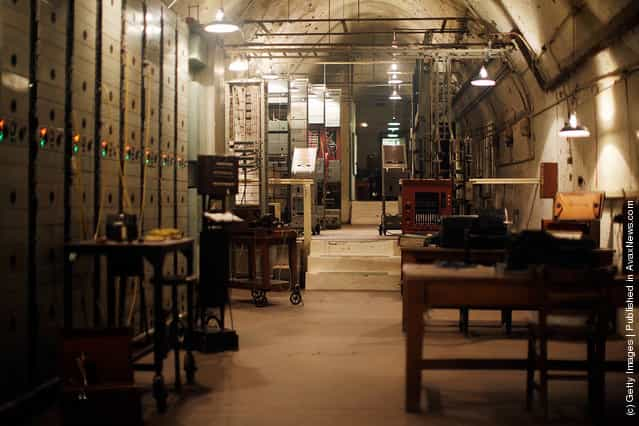
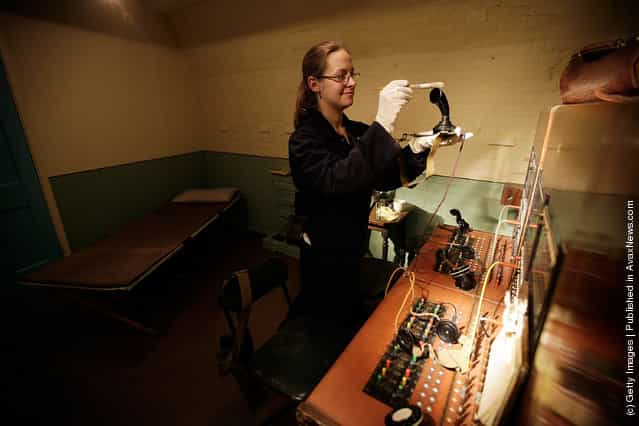
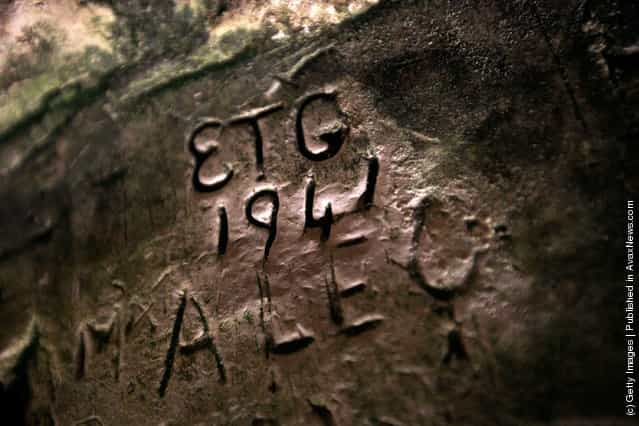
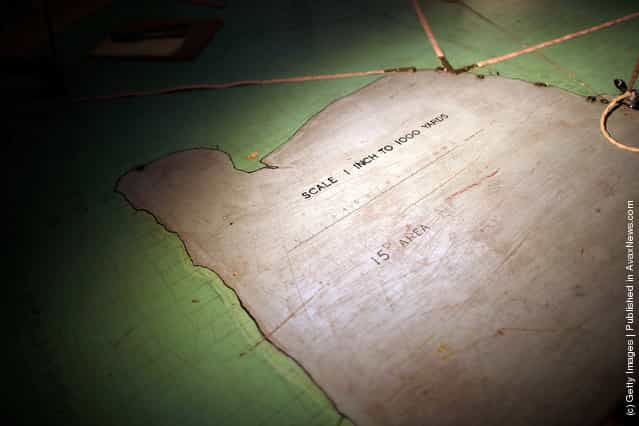
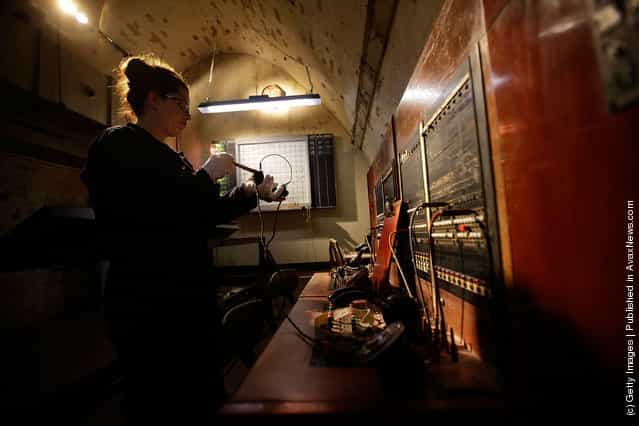
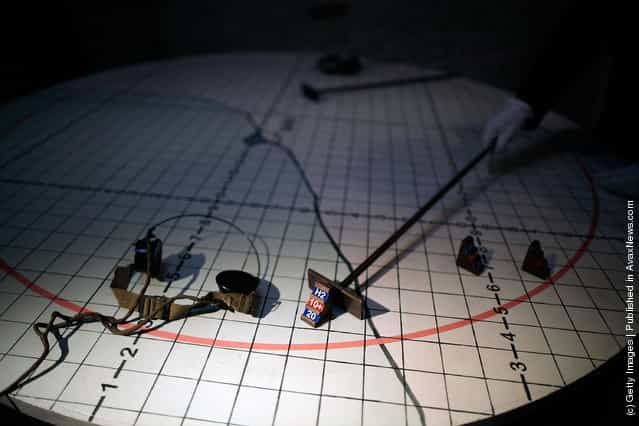
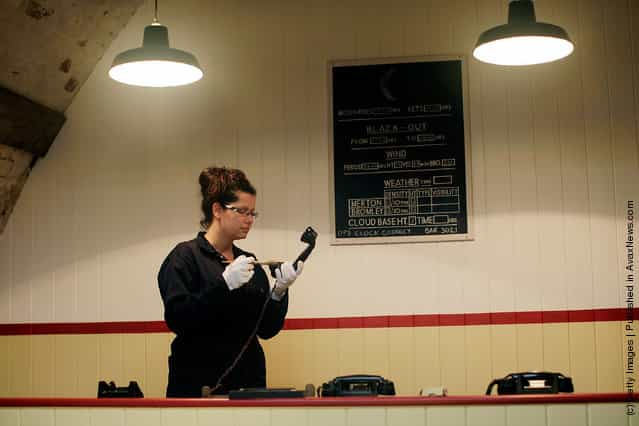
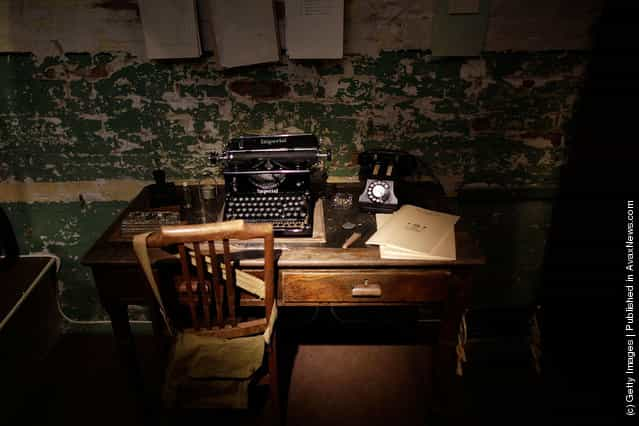
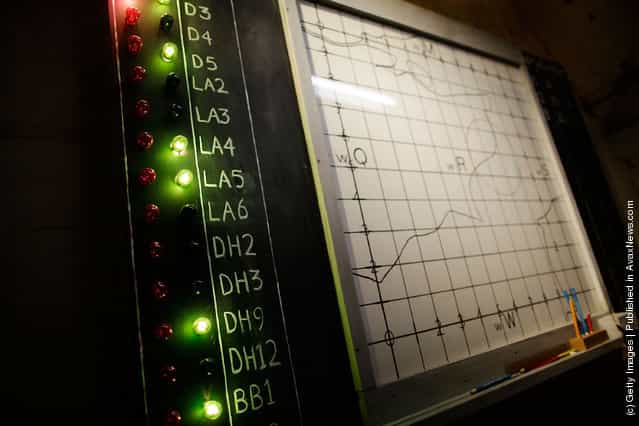
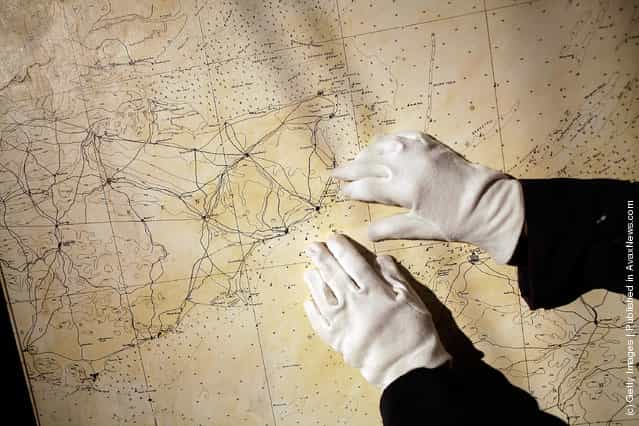



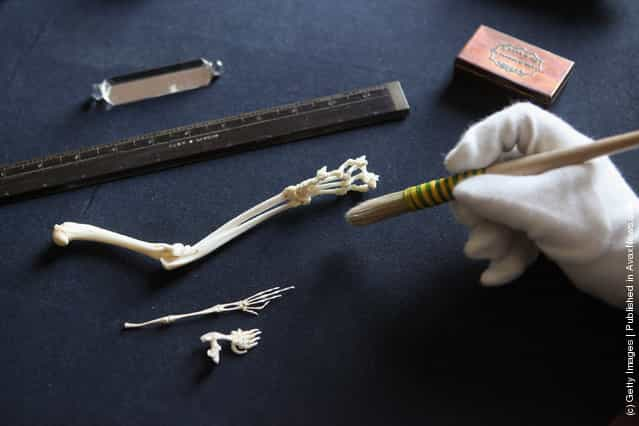





![Rare [Hybrid] Total Solar Eclipse Rare [Hybrid] Total Solar Eclipse](http://img.gagdaily.com/uploads/posts/fact/2013/short/00010c55_medium.jpg)






